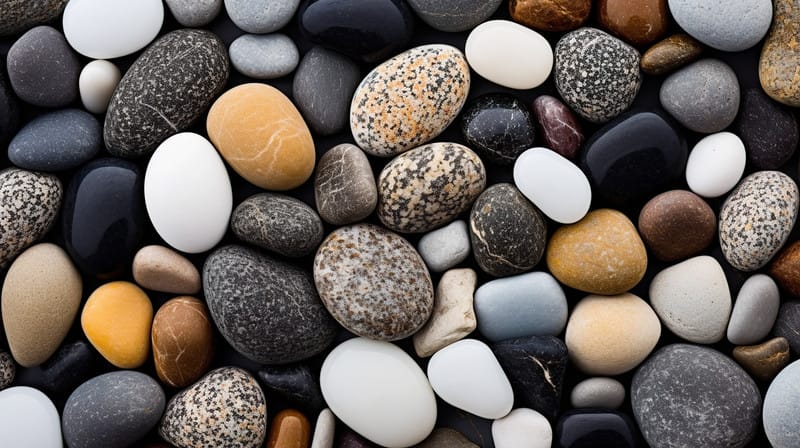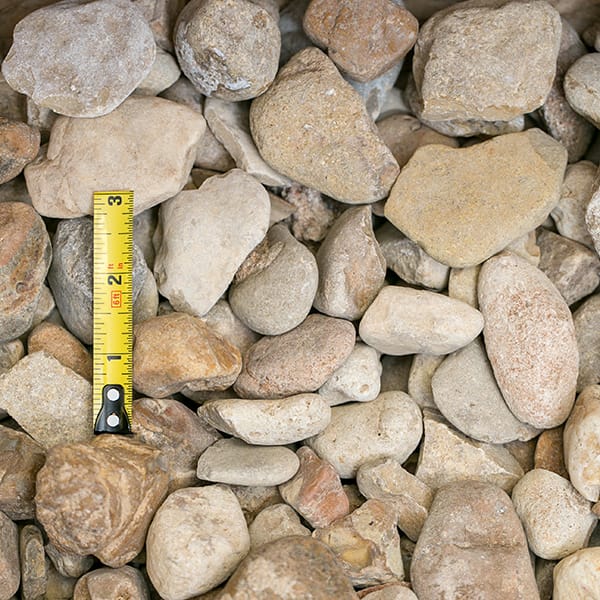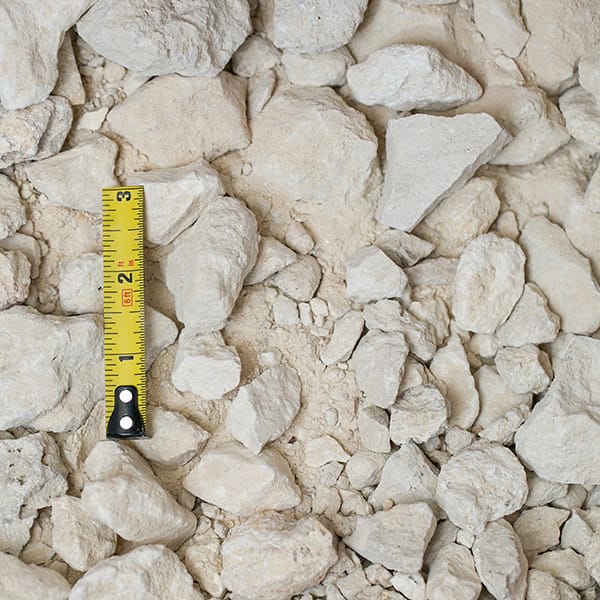Landscaping Ideas
Eastern Red Cedar
By Innovation Grounds
Eastern Red Cedar (Juniperus virginiana) is a species of juniper native to eastern North America. Despite the name “cedar,” it’s actually a type of juniper, not a true cedar.
General Overview
- Scientific Name: Juniperus virginiana
- Common Name(s): Eastern Red Cedar, Red Cedar, Virginian Juniper
- Family: Cupressaceae (Cypress family)
- Native Range: Eastern United States, from southern Canada to Texas and Florida.
- Type: Evergreen tree or shrub, depending on growing conditions.

Physical Characteristics
- Size: Can grow up to 40–50 feet (12–15 meters) tall in open areas; in dense forests, it may be smaller (20–30 feet or 6–9 meters).
- Width: Can spread 10–20 feet (3–6 meters) wide at maturity.
- Bark: Thin, reddish-brown to cinnamon-colored bark that peels in long strips. The bark is fibrous and aromatic.
- Leaves: The leaves are scale-like and overlap, giving the tree a soft, feathery appearance. They are blue-green to grayish-green.
- Cones: Female cones are berry-like, dark blue or purple, with a whitish bloom. Male cones are small and yellow. The cones are often used for seed dispersal.
- Roots: Eastern Red Cedar has a deep, strong taproot, making it very drought-tolerant.

Habitat and Growing Conditions
- Soil: Prefers well-drained soils but is very adaptable, thriving in both acidic and slightly alkaline soils.
- Light: Full sun to partial shade.
- Watering: Drought-tolerant once established, but it grows best with moderate moisture.
- Climate: Tolerates a range of climates but prefers warm, dry to moderate climates. It is hardy in USDA zones 2-9.
- Common Locations: Found in dry, rocky hills, and open woodlands, often in disturbed areas such as pastures and roadsides.

Uses
- Wood: The wood is aromatic, light, and rot-resistant, making it highly valued for use in furniture, cabinetry, shingles, fence posts, and closet lining. Its pleasing scent makes it a popular choice for cedar chests, hope chests, and small storage items. The wood has a distinctive reddish hue.
- Medicinal Uses: Historically, Native American tribes used the leaves, berries, and bark of the Eastern Red Cedar for a variety of medicinal purposes, including treatments for colds, coughs, and digestive issues. Some herbal remedies still use it for respiratory health, but care must be taken as certain parts of the plant can be toxic in large quantities.
- Ornamental: It is often used in landscaping as a specimen tree or hedge due to its attractive foliage and easy care. It is also planted for windbreaks and privacy screens.
- Essential Oils: The wood and berries are used to produce essential oils, which are used in aromatherapy, skincare, and cleaning products.
- Wildlife: The tree provides habitat for birds and other wildlife. The berries are eaten by various bird species, including cedar waxwings, and the dense foliage offers shelter for birds and small mammals.

Ecological Role
- Pollination: Eastern Red Cedar is wind-pollinated. Male and female cones typically appear on separate trees, though some trees may be monoecious (having both male and female cones).
- Pioneer Species: It often acts as a pioneer species in disturbed areas, helping to stabilize the soil and prepare the environment for other species of trees to take root.
- Soil Erosion Control: Its dense root system is effective in preventing soil erosion, particularly in areas with sandy or loose soils.

Pests and Diseases
Pests:
- Cedar-Apple Rust: A fungal disease that can cause orange, gelatinous growths on the branches. It requires a host of both cedar and apple trees to complete its lifecycle.
- Cedar-Leaf Miner: A moth larva that mines the leaves, leaving them deformed or discolored.
- Scale Insects: These small pests can infest the foliage and bark, leading to yellowing leaves and branch dieback.
Diseases:
- Cankers: Various fungal diseases can cause cankers, leading to the dieback of branches.
- Root Rot: If the soil is too wet or poorly drained, the tree may develop root rot.
- Juniper Blight: A fungal disease that affects junipers, causing brown patches in the foliage.

Growth Rate
Moderate to fast-growing; typically adding 12–18 inches (30–45 cm) per year, though growth slows with age.

Cultural Significance
- Symbolism: The Eastern Red Cedar has strong symbolism in Native American cultures, often associated with purification, protection, and spiritual guidance. Its wood was used in sacred ceremonies, and its smoke was considered a purifying agent.
- Landscape Usage: As a durable and attractive tree, it is commonly used in xeriscaping and for erosion control due to its tolerance for poor soil conditions.

Toxicity
- Toxic Parts: While Eastern Red Cedar is generally safe for humans in small amounts, parts of the tree can be toxic if consumed in large quantities, especially the berries. The tree’s essential oils can also cause skin irritation in some people.
- Animals: Livestock such as cattle, horses, and sheep can be harmed by consuming large quantities of the foliage or berries.

Propagation
- From Seed: Seeds are dispersed by birds that eat the cones. They require stratification (a period of cold treatment) for successful germination.
- From Cuttings: The tree can be propagated by softwood or semi-hardwood cuttings, though this is more difficult than growing from seed.
- From Grafting: Grafting can also be used to propagate varieties with specific desired traits.

Fun Facts
- The “cedar” in the name “Eastern Red Cedar” is a misnomer, as it’s not a true cedar (genus Cedrus), but a species of juniper.
- The distinctive aroma of its wood is due to the presence of compounds like thujone and cedrol.
- The berries, though not true “berries,” are technically fleshy cones, and they are a favorite food for several bird species, especially during winter.

Invasive Potential
In some areas, Eastern Red Cedar can be considered invasive. In the Great Plains and other grassland ecosystems, it can encroach upon open areas, outcompeting native grasses and shrubs.


